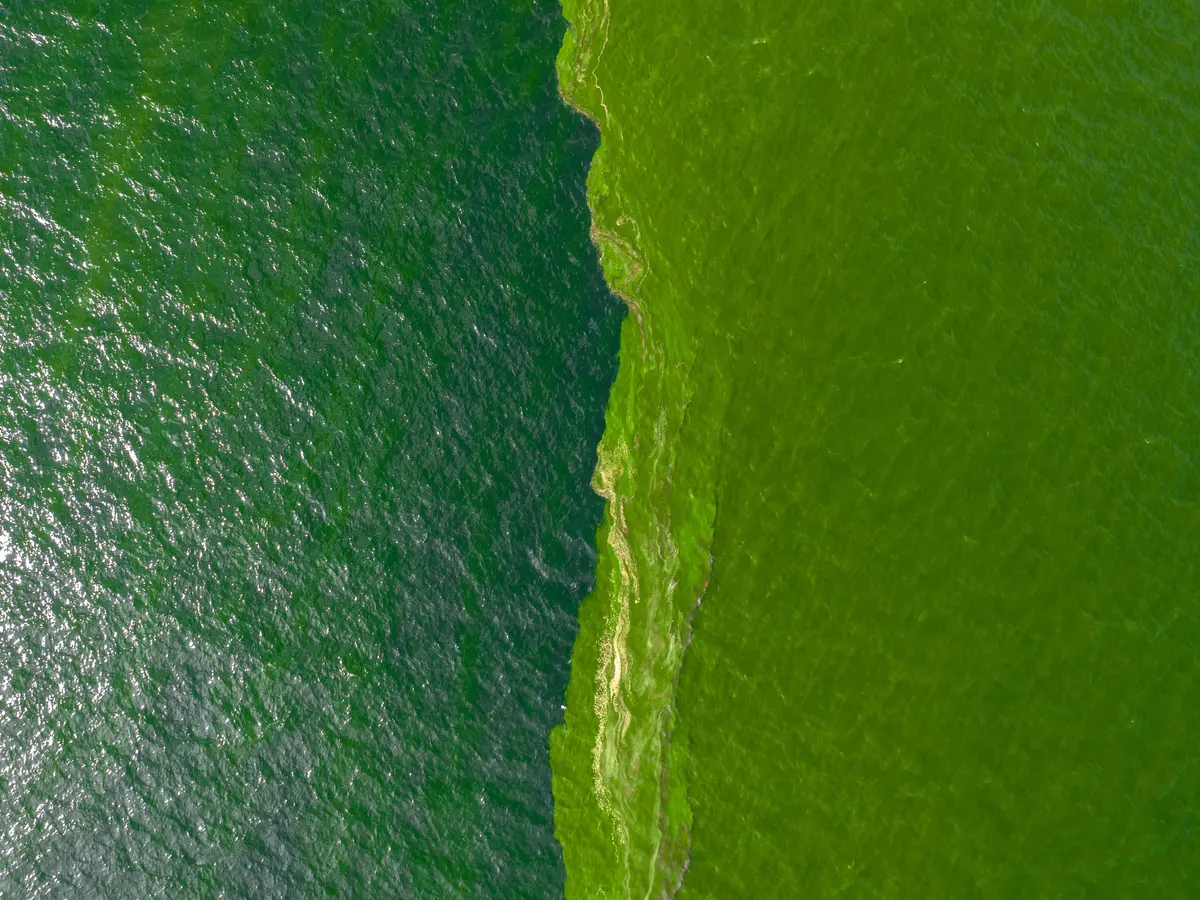Climate Change is Fueling Plankton Blooms
An extreme plankton bloom has created a marine “dead zone” off the eastern coast of Thailand, threatening the livelihood of local fishermen and raising concerns about the impact of climate change on marine ecosystems.
An excess of nutrients in the water has caused the bloom, turning the sea a bright green and leading to the death of marine life in some areas. The dead zone has grown so large that it is visible from space.
Marine scientists say the bloom is the worst they have ever seen in Thailand. They are blaming climate change for the increase in plankton blooms, which are becoming more common and more severe around the world.
Climate change is causing the oceans to warm, which is creating ideal conditions for plankton blooms. The warmer water can hold more nutrients, which plankton need to grow. Climate change is also causing more extreme weather events, such as storms and floods, which can wash nutrients from land into the ocean.
The Devastating Impact of the Marine Dead Zone
The marine dead zone off the eastern coast of Thailand is having a devastating impact on the local economy. The fishing industry in the area is worth billions of dollars, and the dead zone has caused many fishermen to lose their entire catch. The tourism industry in the area has also felt the impact, as tourists are now less inclined to visit a beach with a dead zone.
The Thai government is taking steps to address the problem. It has banned the use of fertilizers in some areas and is working to reduce pollution from factories and farms. However, it is unclear if these measures will be enough to prevent future plankton blooms.
What can be done to prevent future plankton blooms?
One can take several measures to prevent future plankton blooms, including:
- Reducing pollution from factories and farms: Nutrients from pollution can cause plankton blooms. Governments and businesses need to take steps to reduce pollution in order to protect marine ecosystems.
- Managing coastal development: Coastal development can destroy habitats and increase pollution, which can lead to plankton blooms. Governments need to carefully manage coastal development in order to protect marine ecosystems.
- Raising awareness about the problem: It is important to raise awareness about the problem of plankton blooms and the impact they can have on marine ecosystems. The public needs to be aware of the problem so that they can take steps to prevent it.
The marine dead zone off the eastern coast of Thailand is a serious problem, but it is important to remember that it is not too late to take action. By reducing pollution, managing coastal development, and raising awareness about the problem, we can prevent future plankton blooms and protect our marine ecosystems.
What can you do to help?
Here are a few things you can do to help prevent future plankton blooms:
- Reduce your carbon footprint. This means making changes to your lifestyle, such as driving less, eating less meat, and using less energy.
- Support businesses and organizations that are working to protect the environment.
- Get involved in your community, and actively advocate for policies that support environmental protection.
We all have a role to play in protecting our oceans. By taking action now, we can help to prevent future plankton blooms and ensure that our marine ecosystems remain healthy and productive for generations to come.









